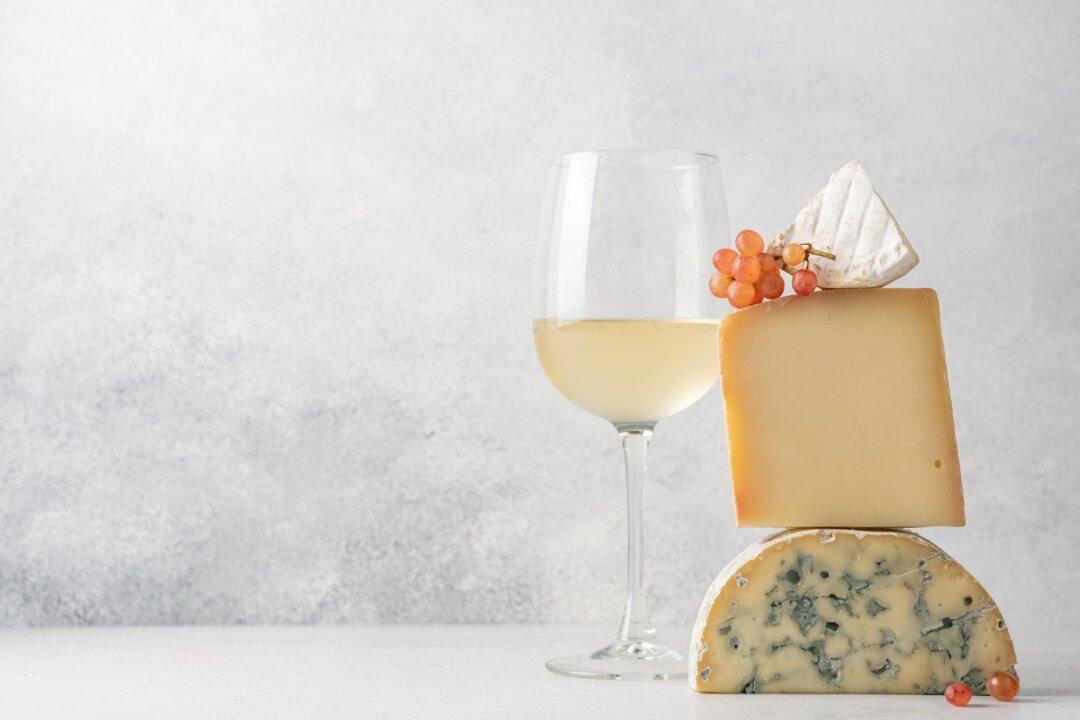For most people, wine is simple: They drink anything that pleases them.
But if you think of it as relating to the time of year, it can be linked to the four distinct seasons we all live through.
Spring is about renewal; I think of it as sauvignon blanc weather. Spring is when last year’s sauvignon blanc is released as a fresh-as-a-daisy offering.
Summer heat calls for a cooling rosé. Fall and its briskness are for lighter reds like Beaujolais and zinfandel. Heavier reds take center stage as winter’s cold approaches. Diverse styles for different weather patterns.
While it’s still cold, we focus on heavier reds, which warm us. But now is when my thoughts often turn to another area of our cellar that probably doesn’t exist in many other wine cellars: a rack of 40 bottles of great old sherries I have collected since the mid-1970s.
For my abiding interest in sherry, which warms my soul, I thank brilliant Sacramento wine merchant Darrell Corti, a grocery and wine maven who may know more about esoteric wine and food than any man alive.
It was Corti who helped me keep sherry in mind in the ‘70s when that historic wine was on death’s door. Today, several brands are still available here, but it may take a search to find some of the better examples.
Sherry, the real stuff that comes from Spain, is an anglicized version of Jerez (pronounced in Spain as heh-reth), from Jerez de la Frontera, the warm Andalusian town where sherry is king.
Sherry has been made for centuries. It was referenced by Shakespeare (Falstaff loved “sack,” a reference to sherry). And Edgar Allen Poe’s “The Cask of Amontillado” was about a barrel of sherry.
Today, sherry remains a small section in fine wine shops. Most brands are sound, worthy offerings and will do the job with your meals or at bedtimes (as a charming soporific). Special bottlings often are available in specialty shops, usually where one member of the staff understands sherry—and the others think of him or her as a bit daft.
The driest and crispest of all sherries is called fino, a wine made like few others. Fino sherries are bone dry and delicate, and although all sherries are fortified with a tiny bit of brandy to bring their alcohol up to about 18 percent, the best fino sherries are lighter than that, about 15 percent.
La Ina from Pedro Domecq and Tio Pepe from Gonzales Byass are the most popular brands. Buy the youngest bottle available. Tio Pepe is widely available and is excellent.
For a treat, try to find Hidalgo’s superb La Gitana, which is technically not a sherry, but a Manzanilla, made near Jerez the same way as fino. It’s usually lighter and more delicate.
Fino sherry can also work brilliantly with toasted almonds and sauteed mushrooms as an aperitif, or with other tapas.
Not every vat that starts out to be fino develops fino character. Those that don’t will be made into Amontillado, a sort of halfway house to the real thing, oloroso.
The medium weight of a fine Amontillado can be engaging. Williams and Humbert’s slightly sweet Dry Sack is an acceptable version. It is generally slightly nuttier and softer than I prefer.
One of my favorite sherries, especially with soup, is the next style of wine, called dry oloroso (or oloroso seco). They are a perfect match for creamed soup. They’re not sweet, but higher alcohol levels combined with their maturity make them superb with cheeses after a meal.
The faint bitterness of a great oloroso combined with their walnutty smell and taste make them sensational with toasted walnuts and cured olives, served as an appetizer. (Canned olives usually don’t work.)





